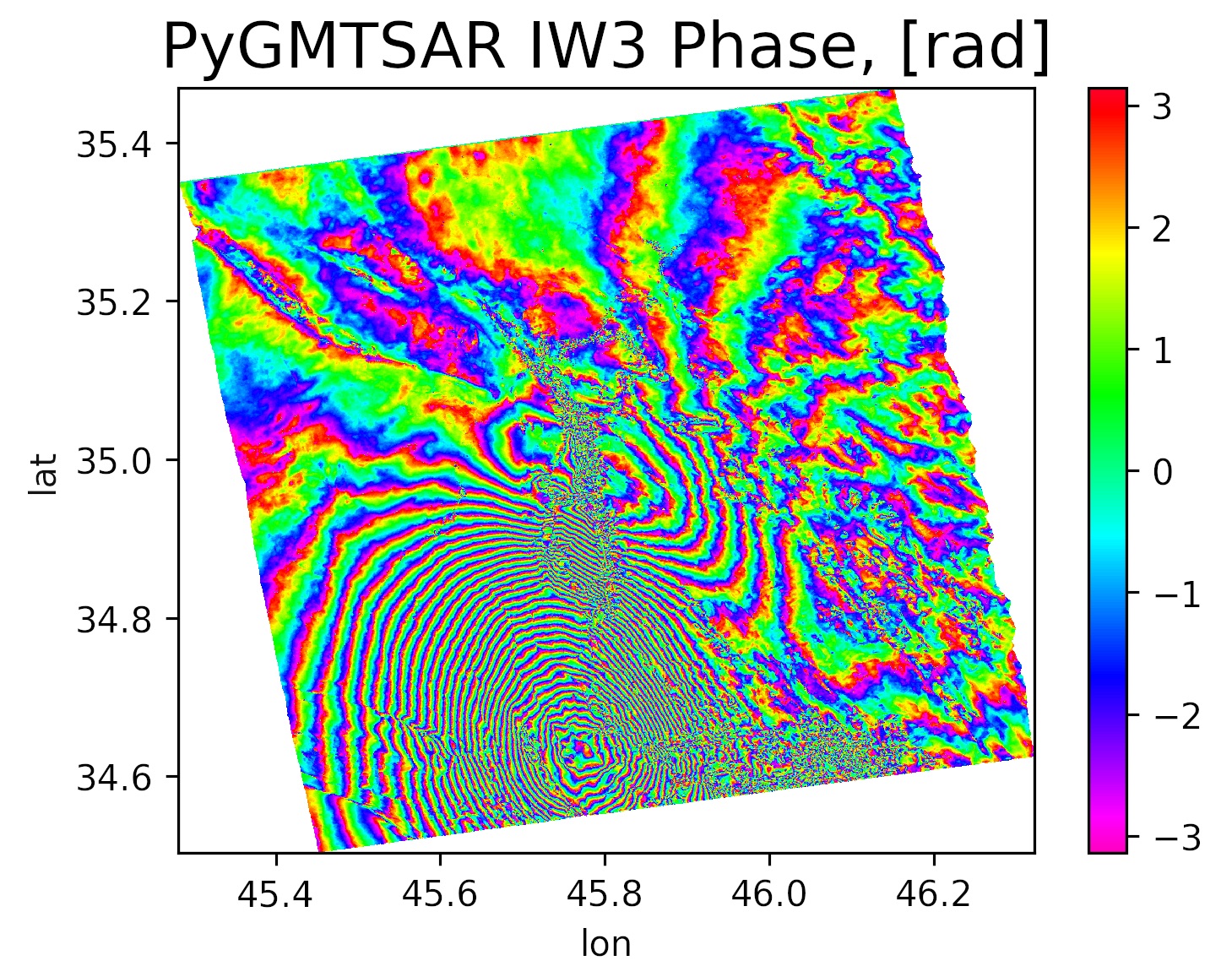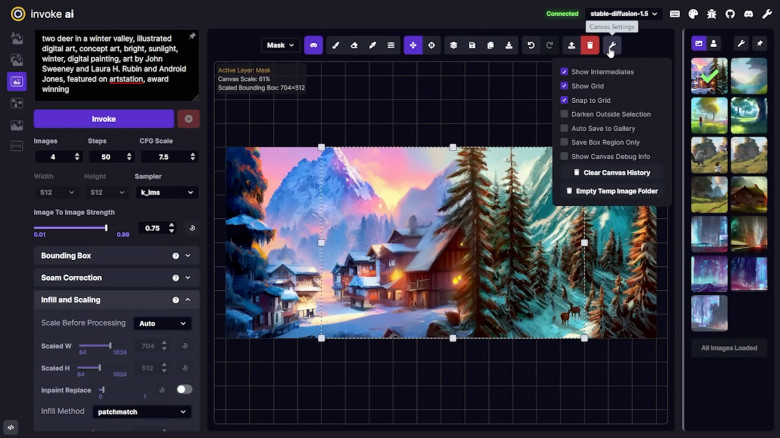From language translation and virtual assistants to self-driving cars and personalized recommendations, AI has been a buzzword for a while now, but it seems that it is only now with the new ChatGPT 3 being released to the public that it is so close to revolutionizing the educational technology field as well. In this article, I would like to give my first impressions, test results, and insights on the new technology.
ChatGPT is a chatbot by OpenAI that can write texts, code, answer questions, and solve various problems. It can even write college essays that, although lacking heart and personal touch, are still pretty good.
It somehow reminds me of the times when distance learning started captivating different fields and what started as a tool for kids with special needs (about 15 years ago, it was a major theme in pedagogical universities, at least) turned into massive online open courses from top universities available to anyone with access to the internet. In corporate learning culture, it went from "e-learning is a cheap and less effective replacement for offline trainings" to being a part of a complicated educational system where we can have the best qualities of offline and online learning for employees.
Right away, serious discussions emerged on the threats to the usage of ChatGPT. Since the beginning of December, many educators have been giving their opinion on its ability to write essays, code, and find correct answers for tests and on the studying culture that will probably need to change.



























